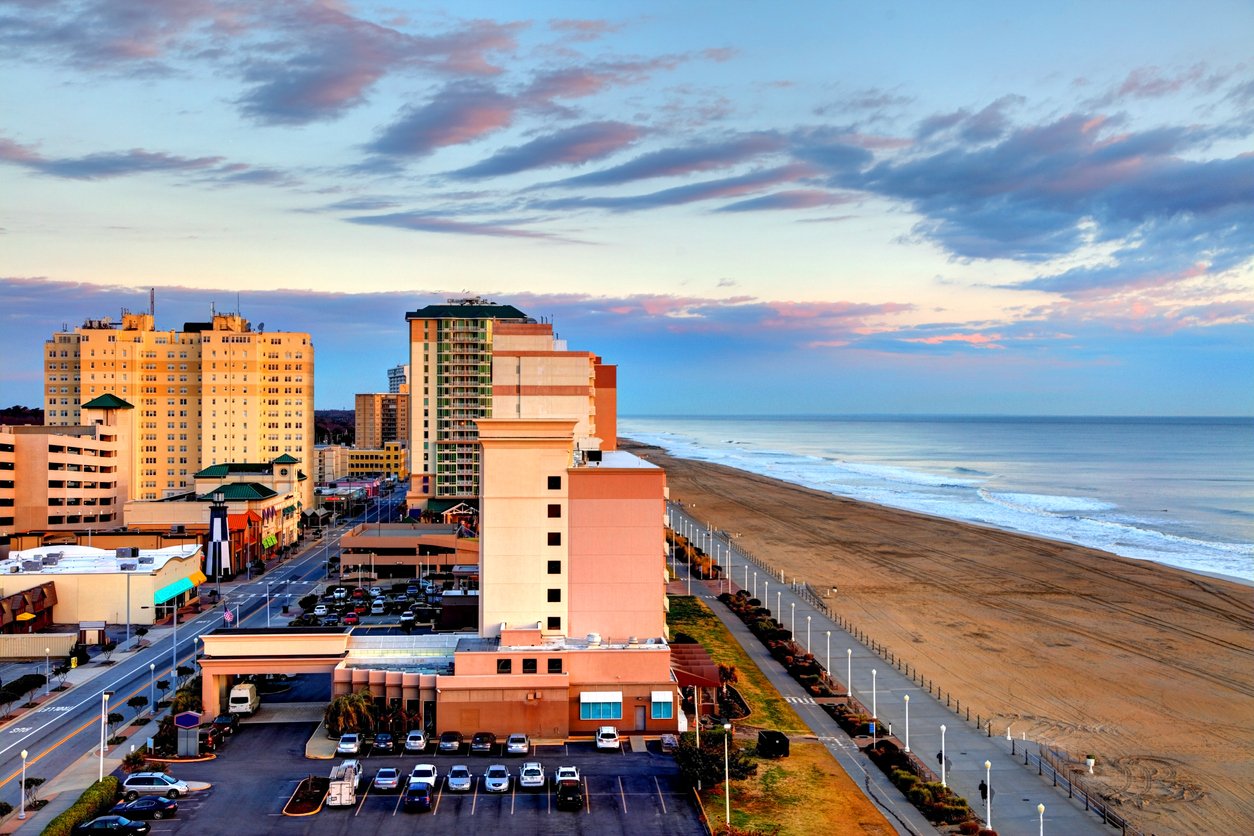The best cities for renters
The cost of living has risen dramatically over the last year, with overall U.S. inflation increasing by 8.6% in May 2022. Housing is a major contributing factor to these increases, with both rent and home sales prices on an upward trajectory. Some cities, however, are faring better than others, especially when considering the rental market over the real estate market.
The Zebra looked at the 50 most populous American cities to find which ones are better for renting instead of buying. We analyzed three main data points in our search:
- Price-to-rent ratio: This takes the median home value and divides it by the median annualized rent. The higher the ratio, the more cost-effective it is to rent than to buy.
- Price of rent compared to median income: This finds cities where rent accounts for a lower portion of income, making it easier to afford other expenses.
- Mortgage Affordability Index: This index ranks cities by the cost of buying a home compared to income on a scale of one to 10. A higher index score reveals cities where it’s more expensive to buy.
Read on to discover the top cities for affordable renting and see if you recognize your own hometown or other favorite places.













